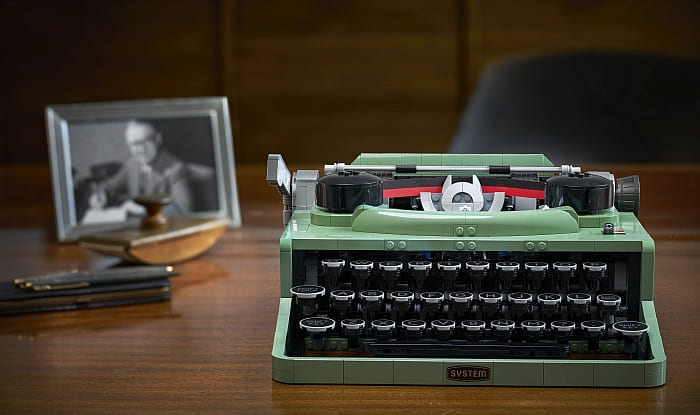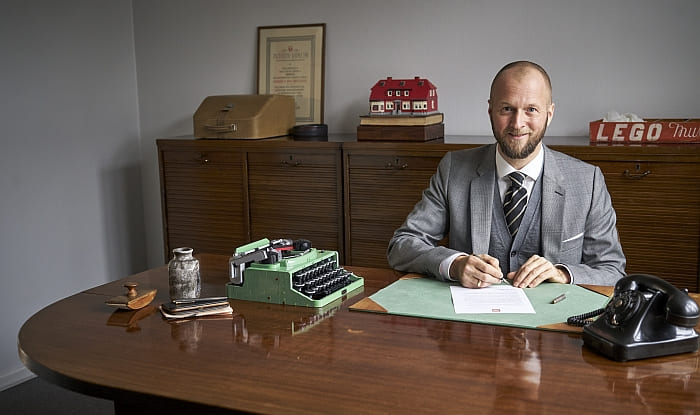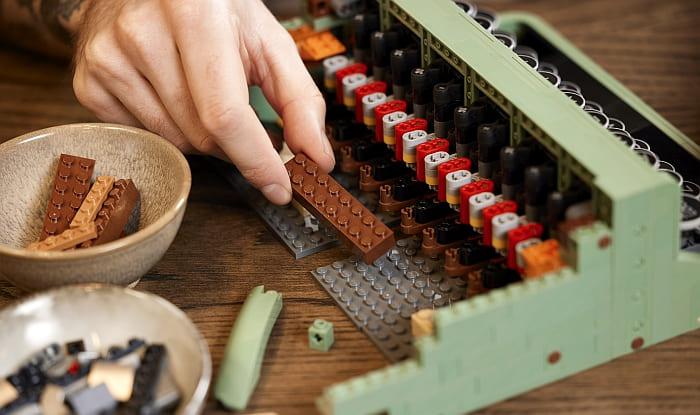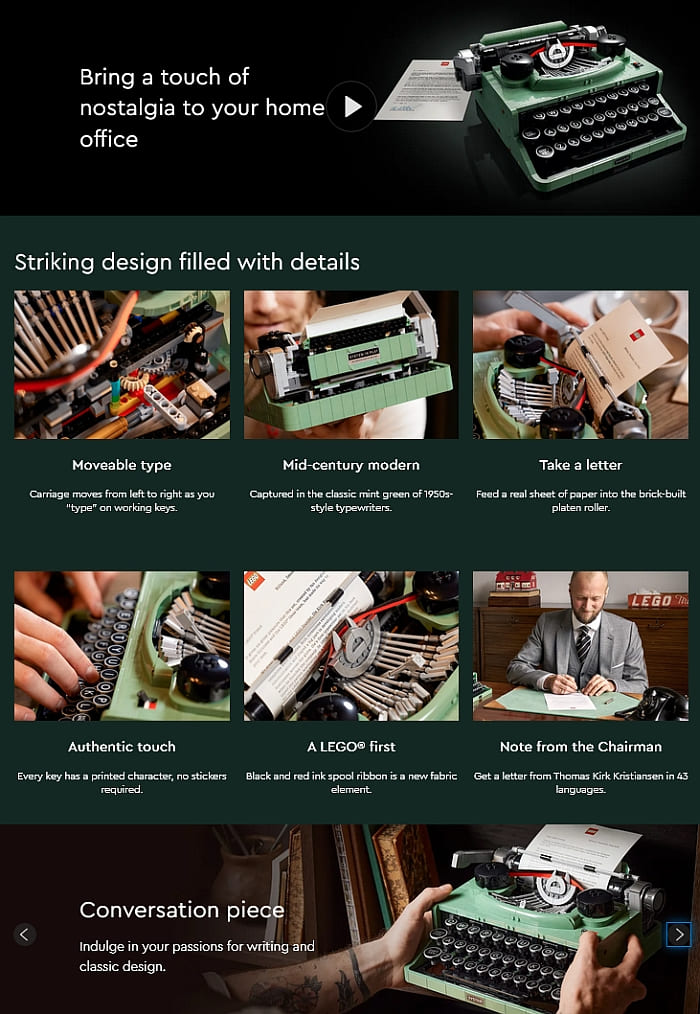Today, the LEGO Ideas team announced the results of the latest review period. Below are the results of the review.

To recap, there were 25 projects under review; the Boeing 737 Passenger Plane by BigPlanes-Customs, the Colosseum (Architecture Style) by SkyWalter, Gravity Falls: The Mystery Shack by TopLego8 & Minibrick Productions, the Brick Town Police Station by Bricked1980, Bag End by saabfan, the Red Dwarf Starbug LEGO Idea by Bobs Vintage Bricks, Avatar: The Last Airbender – YIP YIP! by StudioTRico, the Classic Castle by DERBOOR, the Open MRI by Apollo Exconde, the Motorized Lighthouse by Roses Must Build, Avatar: The Illuminated World of Pandora by bulldoozer, Spirited Away by legotruman, Jumanji of 1995 by NIKANA, The Little Venice by Bricky_Brick, the Auto Union Type C Racecar by redera00, the Automated Garbage Truck by MochiMaster & Alexander Hamsterton, TX Master Games by TXMaster, the Milwaukee Art Museum by Vida András, The Car Wash by Bricky_Brick, Wallace & Gromit by Tom Gerardin, Among Us: The Skeld by MinifigInDisguise, the Roman Warship by Iyan Ha, The Addams Family Mystery Mansion by Disneybrick55, the GMC – Blue Chip 100 [1957] by Ing-Manuel, and the Viking Village by BrickHammer.
LEGO IDEAS THIRD 2020 REVIEW RESULTS
Over the past 4 months, the LEGO Review Board has been evaluating 25 product ideas that reached 10,000 supporters between early September 2020 and early January 2021. It’s always a privilege for the LEGO Review Board to review such an impressively diverse selection of fan designs that show off the endless possibilities of the LEGO brick. Check out the announcement presented by LEGO Ideas Engagement Manager, Hasan Jensen, and LEGO Ideas Design Manager, Samuel Johnson.
LEGO IDEAS MOTORIZED LIGHTHOUSE
A huge congratulations to Sandro Quattrini (a.k.a. Roses Must Build) as his Motorized Lighthouse recreation has been selected as the next LEGO Ideas sets. Sandro’s lighthouse is a timeless beacon that evokes a sense of adventure and mystery. To top it off the LEGO Group has never created one with such incredible details and at such a scale! If you’d like to learn more about Sandro then make sure to check out his 10K Club Interview.

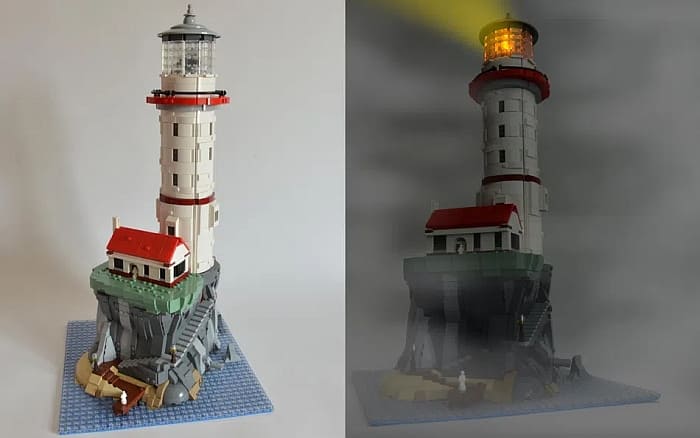
DESIGN, PRICING & AVAILABILITY
The LEGO Ideas Team is still working out the final product design, pricing and availability for the set. They will share more on the LEGO Ideas blog when they get closer to launch.
NEXT REVIEW RESULTS COMING FALL 2021
The next batch of LEGO Ideas projects are already in review. And there is a record-breaking review containing a mammoth 57 projects in review, which hit 10K between early January 2021 and early May 2021. The LEGO Ideas Team will share results of the First 2021 LEGO review period in the Fall of 2021.

WE LOVE SPORTS CONTEST REVIEW RESULTS
As you likely know, The LEGO Review Board has also been busy reviewing the many submissions in the We Love Sports contest. The results are ready to go, but to switch things up a bit, they will be announcing the results of this during LEGO CON 2021, which will happen this coming Saturday, the 26th June, 2021 between: 12PM – 2PM EDT (New York), 5PM – 7PM BST (London), 6PM – 8PM CEST (Billund). Save the date for the announcement, which will stream on LEGO.com.

What do you think? Are you excited for the next LEGO Ideas set? Or were you hoping that one of the other projects get selected? Feel free to share your thoughts and discuss in the comment section below! And if you haven’t done so already, you can take a look at the currently available fan-designed sets at the LEGO Ideas section of the Online LEGO Shop.

And you might also like to check out the following related posts:


